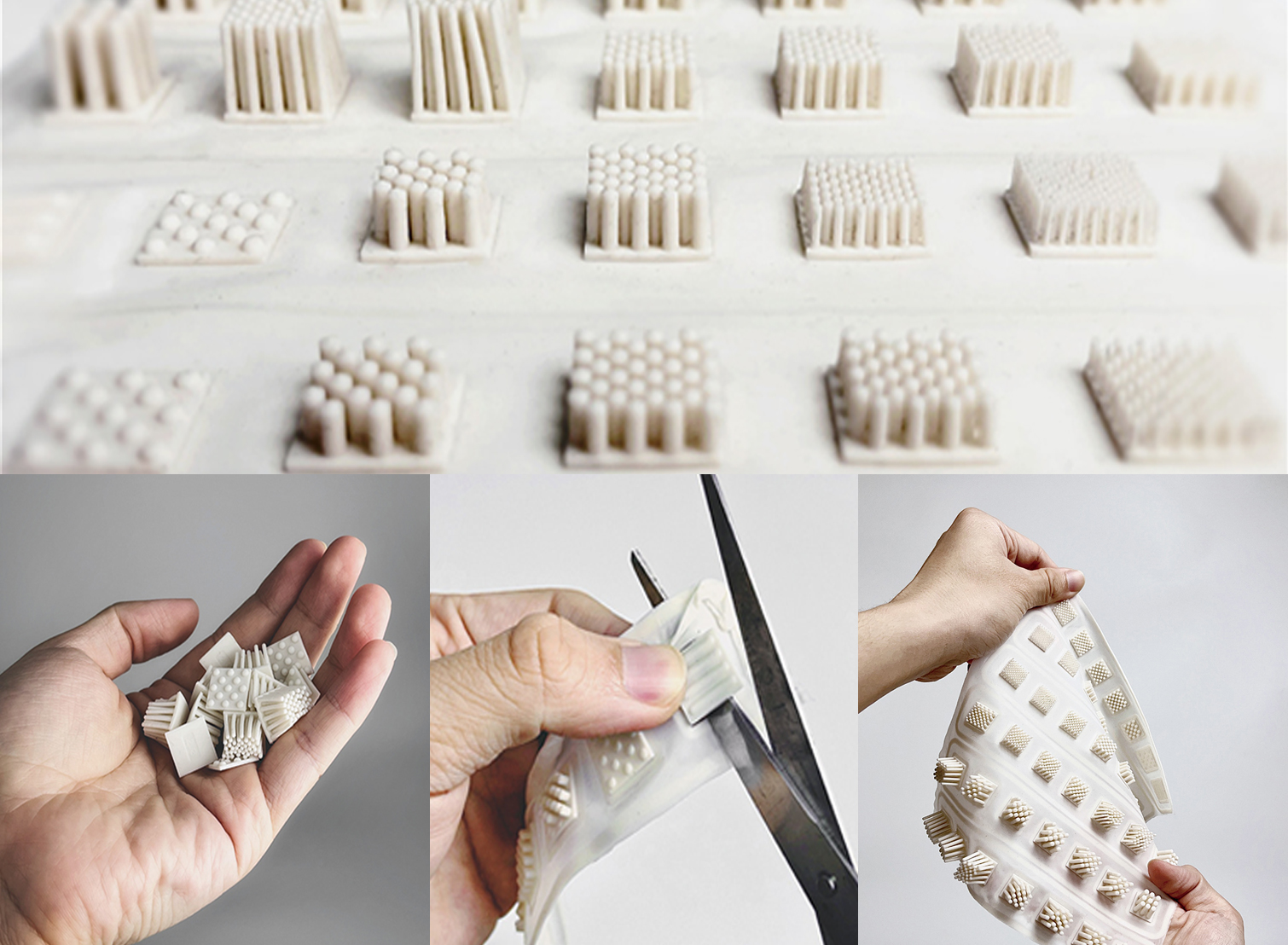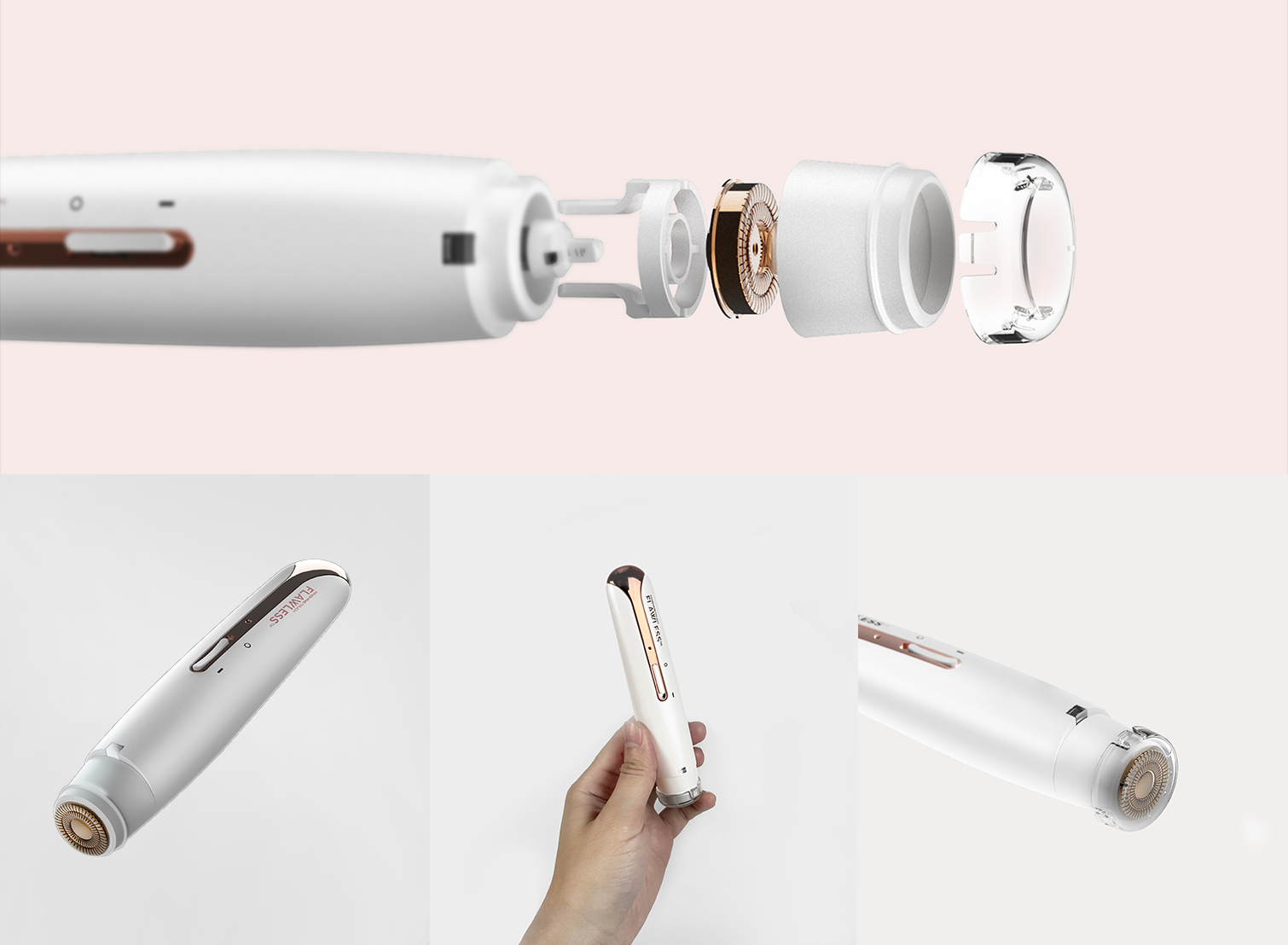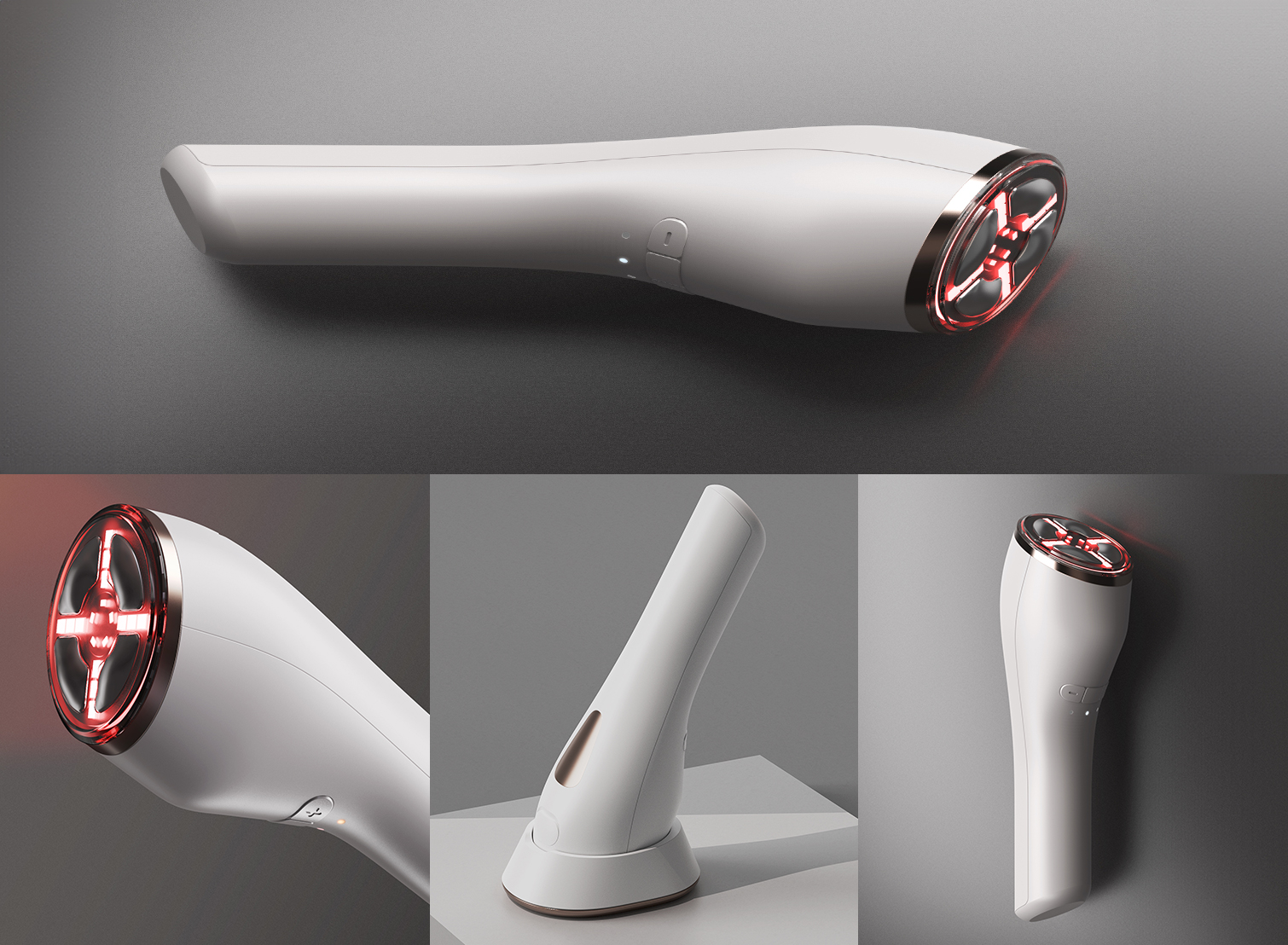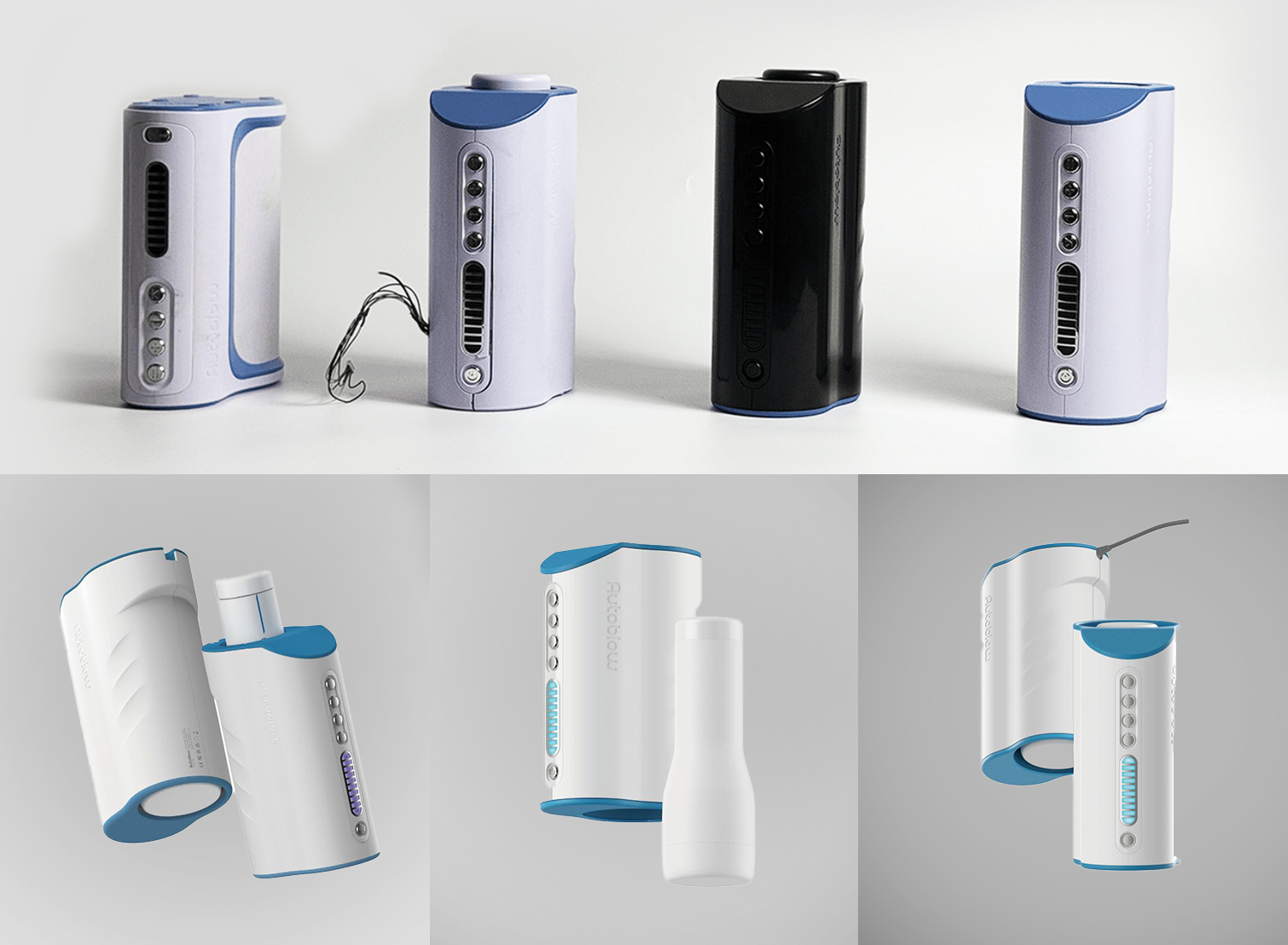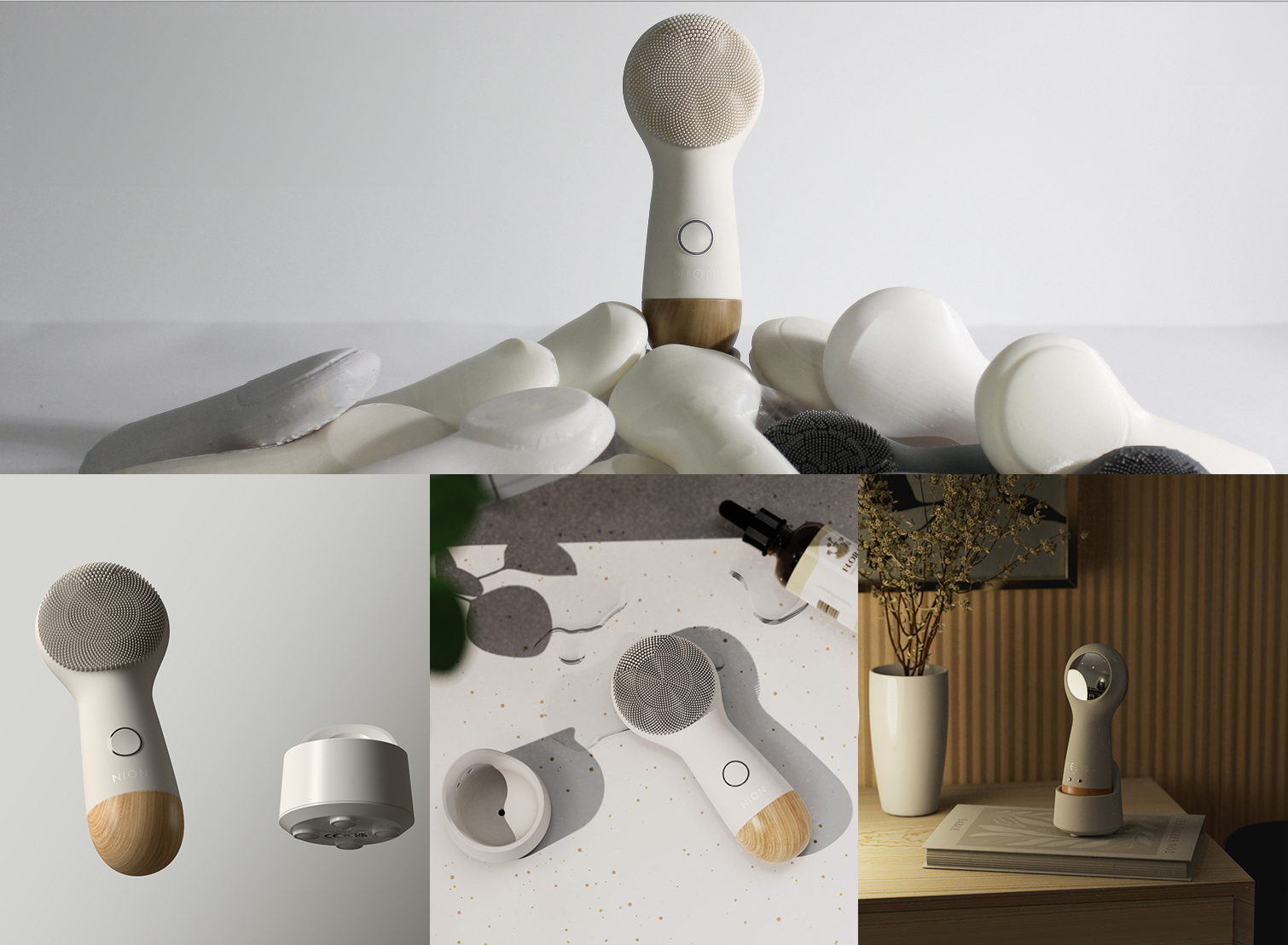Ever wondered if your invention idea is really going to take off? Before you invest time and money into manufacturing, it’s crucial to find out if there’s a real market for it. Validating your idea can save you from unnecessary headaches down the road, helping you avoid costly mistakes and fine-tune your product to meet actual demand. It’s all about making sure you’re on the right track before you dive into production.
The Importance of Validating Your Invention Idea

Jumping straight into manufacturing without validation is a risky move. You could end up spending time, energy, and resources on a product that no one actually needs or wants. Without understanding the market or potential demand, you’re essentially guessing, which can lead to wasted money and a product that never takes off.
For anyone thinking, “I have an invention idea, now what?” or wondering “how to start an invention,” validating your idea is the very first and most crucial step. It confirms whether your idea solves a real problem, has market demand, and is worth pursuing. Validation helps you avoid the mistake of developing something that doesn’t align with what people are actually looking for.
Step-by-Step Guide on How to Start an Invention by Validating Your Idea

Step 1: Define the Problem Your Invention Solves
When you have an idea for invention, the first and most critical step is to define the problem it solves. Every successful product, from the simplest gadgets to the most complex innovations, addresses a specific need or pain point in people’s lives. Without this focus, even the most creative invention can struggle to find a market. Start by asking yourself, What problem is my invention solving? and Why would people care?
For example, if your invention is a more efficient way to store household items, the problem might be cluttered spaces or difficult-to-reach storage. Clearly articulating this problem makes it easier to explain the value of your invention to others. Additionally, consider how widespread the issue is. If only a small group of people faces the problem, your market may be limited, but if it’s a common frustration, your invention may have a larger potential audience. The better you understand the problem, the more effectively you can tailor your invention to solve it.
Action Tip: Write a clear, concise statement that describes the specific problem your invention solves. This will serve as your guiding star throughout the validation process.
Step 2: Conduct Thorough Market Research
Once you’ve defined the problem, the next step is to conduct detailed market research. Even if you feel confident about your idea, it’s essential to confirm that others feel the same way. Market research helps you assess demand and understand whether people are actively seeking solutions like yours. When you need help with invention idea validation, data-driven research is your best ally.
Start by surveying potential users. Online platforms like Google Forms or SurveyMonkey can help you gather insights quickly. Ask specific questions: Do you face this problem regularly? How are you currently addressing it? Would you be willing to pay for a better solution? These answers will give you a clearer picture of the potential demand for your product.
In addition, analyze market trends. Use tools like Google Trends, SEMrush, or industry-specific reports to see if the problem your invention solves is growing or declining. Look at similar products, if they exist, and see how well they’re performing. Competitor analysis will also help you understand what already exists and where there are gaps in the market that your invention can fill.
Action Tip: Create a spreadsheet that tracks competitor products, pricing, features, and customer reviews. This will help you identify opportunities to differentiate your invention and improve its market appeal.
Step 3: Get Feedback from Target Customers
Once you’ve done your market research, it’s time to hear directly from the people who would benefit from your invention. Gathering feedback from target customers is one of the most valuable steps in the validation process. It helps you refine your idea and ensure you’re on the right track.
Start by conducting surveys, interviews, or even focus groups. If you already have a rough prototype or even a sketch, share it with your target audience to gauge their reactions. If you’re developing a product for busy parents, for example, ask them what features would make their lives easier. Listen carefully to their responses, and don’t shy away from constructive criticism.
The goal here is to find out what potential users love about your idea and what concerns they might have. Are there any features that don’t seem necessary? Is there something essential you overlooked? This feedback will help you tweak your design, improve functionality, and ensure you’re creating a product that resonates with your audience.
Action Tip: After collecting feedback, create a list of key takeaways and actionable changes. Prioritize adjustments that will enhance user experience or address the most common concerns.
Step 4: Analyze Your Competitors
Even if your invention feels completely unique, analyzing your competitors is a must. There’s always a chance that something similar already exists, or that there’s a solution on the market that could evolve into direct competition. Knowing what’s out there will allow you to differentiate your invention more effectively and position it to stand out.
Start by looking at products that address the same or a related problem. For example, if your invention is a new type of kitchen gadget, check out other gadgets solving similar issues. Pay attention to how they’re marketed, priced, and reviewed by customers. Read online reviews to see what customers love and what they wish was different. You’ll often find opportunities to innovate based on competitors’ weaknesses.
Next, consider how your invention can provide a superior solution. Perhaps it can be faster, easier to use, more affordable, or offer a unique feature that competitors lack. Identifying these differences early will help you create a clear selling point and ensure your product stands out in a crowded market.
Action Tip: Create a list of the top five competitors and write down at least three ways your invention could improve upon or differ from each one.
Step 5: Create a Prototype (Even a Simple One)
Once you’ve validated your idea through research and feedback, it’s time to bring your concept to life by creating a prototype. Prototyping is an essential step in learning how to start an invention journey. Even if your budget is limited, a simple prototype can provide valuable insights into the usability and functionality of your invention.
If you’re developing a physical product, consider starting with 3D printing or basic hand-built models using inexpensive materials. Even a rough model will allow you to test the product in real-world scenarios and gather feedback on its design and practicality. A prototype also gives you something tangible to present to investors, manufacturers, or potential customers, helping them understand your vision better.
Beyond testing for usability, the prototype phase allows you to catch potential design flaws early, preventing costly mistakes when moving into full production. Even a simple prototype can reveal issues you may not have considered during the concept phase, such as how easy the product is to hold or whether its parts fit together as expected.
Action Tip: After creating your prototype, use it yourself and gather user feedback. Note any challenges or areas where the design could be improved, and be prepared to iterate and refine the prototype as needed.
By following these steps, you’ll be well on your way to validating your invention idea and ensuring its success in the market. Whether you’re just starting with “I have an invention idea” or are further along in the process, this guide will help you avoid common pitfalls and make informed decisions before moving into manufacturing.
Next Steps: Moving Toward Manufacturing

By successfully validating your invention idea, you’ve completed one of the most critical phases of the product development journey. Validation not only ensures that your idea resonates with your target market, but also helps refine your product to better meet user needs. Now, it’s time to take the next steps toward turning your idea into a tangible product.
With a validated concept, the focus shifts toward finding manufacturing partners who can help bring your invention to life. Start by refining your prototype based on user feedback and technical adjustments. This is the time to work closely with designers or engineers to ensure your product is optimized for production.
As you prepare for mass production, consider factors like materials, scalability, and quality control. Engaging with a reliable manufacturer who understands your product’s unique requirements will be key to a smooth transition from prototype to production.
In short, successful validation sets the stage for manufacturing, ensuring you’re ready to move forward with confidence.
Why Validation is Key to Your Invention’s Success

Validating your invention idea is crucial to protecting both your time and investment. Skipping this step could lead to wasted resources on a product that doesn’t resonate with your target market or solve a real problem. By following these validation steps—defining the problem, conducting thorough research, gathering customer feedback, and testing with prototypes—you ensure your invention has real potential in the marketplace.
Before moving into manufacturing, take the time to validate your idea and make the necessary refinements. This process sets a solid foundation for your invention, paving the way for a smoother transition into production. If you’re ready to move forward, learn more about how to get your invention built and bring your concept to life.


